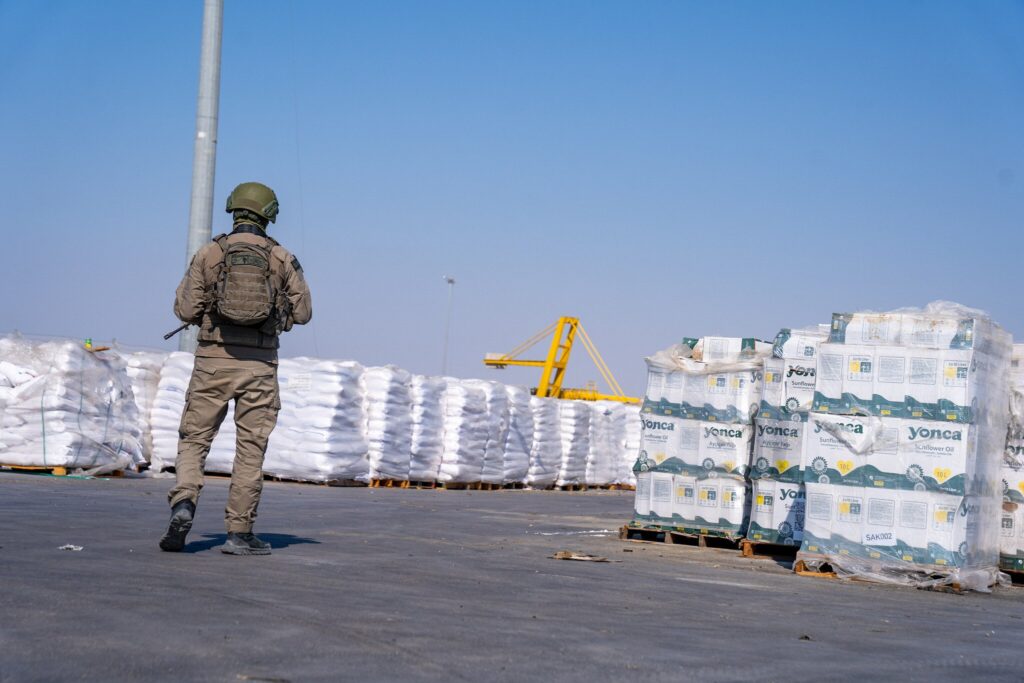The article discusses Israel’s handling of humanitarian assistance in Gaza following the chaotic aftermath of the Hamas attack on October 7, 2023. Initially, Israeli leaders, including Defense Minister Joab Gallant, claimed to enforce a full siege on Gaza, halting all aid, but this proved unsustainable. A few weeks later, international pressure prompted Israel to begin allowing aid through Egypt and other routes.
Despite initial resistance, Israel eventually permitted significant aid shipments, particularly through the Kelem Shalom crossing and Ashdod port. However, criticisms arose regarding the effectiveness of humanitarian efforts, with the Gaza Humanitarian Foundation established to distribute aid, but not without challenges. While it managed to provide millions of meals, the broader humanitarian crisis worsened, leading to international condemnation.
Subsequent policies have oscillated, with Israel often reversing its stance under external pressure, raising concerns over the management and security of aid delivery amid fears of it being appropriated by Hamas. Critics argue that Israel should proactively manage humanitarian efforts and address what a post-Hamas governance might look like in Gaza to facilitate more effective aid distribution and improve the humanitarian situation. The article underscores the need for a strategic approach and open discussions on Israel’s role in Gaza moving forward.
Source link


